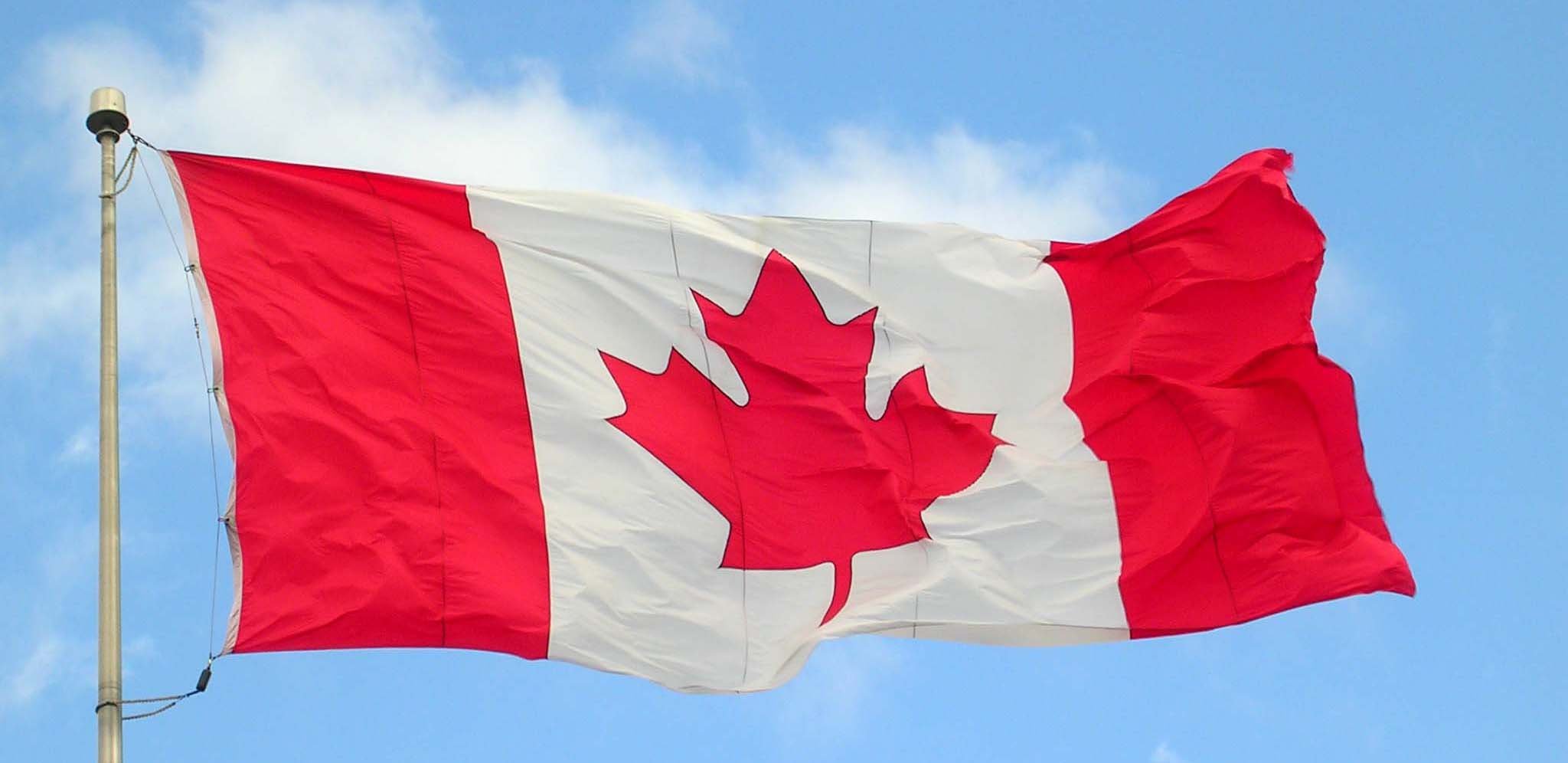Poutine. Maple syrup. Beavers. Canada has some pretty identifiable mascots. And now we have our very own government cloud adoption strategy, ushering in government-wide data sovereignty and jurisdictions designed to keep our data at home. Canada’s cloud is ready.
In early August, the Canadian Government rolled out its strategy for storing data and implementing services in the cloud. Dubbed the Government of Canada Cloud Adoption Strategy, the document outlines the government's approach to adoption, security and acquisition as it migrates a growing number of systems to cloud servers.
The strategy defines in detail how Canada’s government will oversee and approach cloud adoption across government institutions and organizations. Central to this is the Right Cloud adoption strategy, which empowers each department or organization to choose (and pay only for) the cloud implementation that suits its needs.
The strategy also rolls out a series of adoption principles to guide chief information officers as they make decisions about implementing cloud services for their departments or organizations.
And it envisions a public sector community cloud to broker relationships between vetted and approved public cloud service providers and Canadian public sector buyers.
Also fundamental: Canada’s new cloud adoption strategy requires that all sensitive or confidential government data be stored on cloud servers that reside in Canada. Data jurisdiction and sovereignty is a central component of the government cloud program, ensuring that confidential Canadian data remains hosted on Canadian soil.
The time is right for Canada’s GovCloud
A Canadian GovCloud would provide a centralized, standardized location in the cloud to host sensitive data and regulated workloads. It would also deliver core services such as network agreements with suppliers, and oversee a marketplace of accredited service providers. In doing so, it would address the unique needs of individual government departments and municipalities for sovereignty, data residency, security and compliance. A great precedent already exists for this with the advent of the UK government's G-Cloud initiative over the last few years
The move to an all-Canadian public sector cloud will require partners with robust infrastructure and stringent security standards who are able to address a variety of needs from Canadian data sovereignty to specific data protection requirements, such as Protected B.
"We have been involved in regional cloud projects around the world. The momentum behind the Canadian government cloud is part of a global trend in cloud adoption,” said Ian Rae, CEO of cloud.ca. “While many workload requirements can be met by US-based mega cloud providers, a significant portion of government and other regional workloads need to meet rapidly developing data sovereignty requirements. Regional governments, particularly those who are sensitive about data privacy and security, are driving demand for regional clouds.”
If you build it, they will come...
Widespread cloud adoption on the federal level will eventually be like any other utility: a universally accessible and central source of computing infrastructure. Cloud computing’s improved security standards, endless capacity, adaptability and accessibility is quickly making it an essential resource for any large institution — even an entire government.
Canada’s new strategy on cloud adoption is opening up the right conversations in the right places, bringing service providers together with the public sector to discuss jurisdiction: compliance, security, and in particular, data sovereignty. The cloud.ca team applauds and embraces the efforts the Canadian government is making towards standardized cloud adoption. Canada is ready. Bring it on.
Reach us to learn more.
photo credit: https://en.wikipedia.org/wiki/Flag_of_Canada




